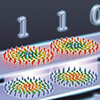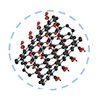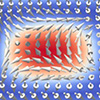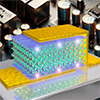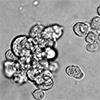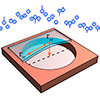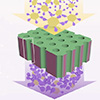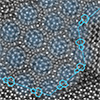Global catastrophic risk
A global catastrophic risk is a hypothetical future event that could damage human well-being on a global scale, even endangering or destroying modern civilization. An event that could cause human extinction or permanently and drastically curtail humanity's potential is known as an existential risk.
Potential global catastrophic risks include anthropogenic risks, caused by humans (technology, governance, climate change), and non-anthropogenic or natural risks. Technological risks include the creation of destructive artificial intelligence, biotechnology or nanotechnology. Insufficient or malign global governance creates risks in the social and political domain, such as a global war, including nuclear holocaust, bioterrorism using genetically modified organisms, cyberterrorism destroying critical infrastructure like the electrical grid; or the failure to manage a natural pandemic. Problems and risks in the domain of earth system governance include global warming, environmental degradation, including extinction of species, famine as a result of non-equitable resource distribution, human overpopulation, crop failures and non-sustainable agriculture.
Examples of non-anthropogenic risks are an asteroid impact event, a supervolcanic eruption, a lethal gamma-ray burst, a geomagnetic storm destroying electronic equipment, natural long-term climate change, hostile extraterrestrial life, or the predictable Sun transforming into a red giant star engulfing the Earth.
Over the last two decades, a number of academic and non-profit organizations have been established to research global catastrophic and existential risks and formulate potential mitigation measures.
Check out these latest Nanowerk News:

